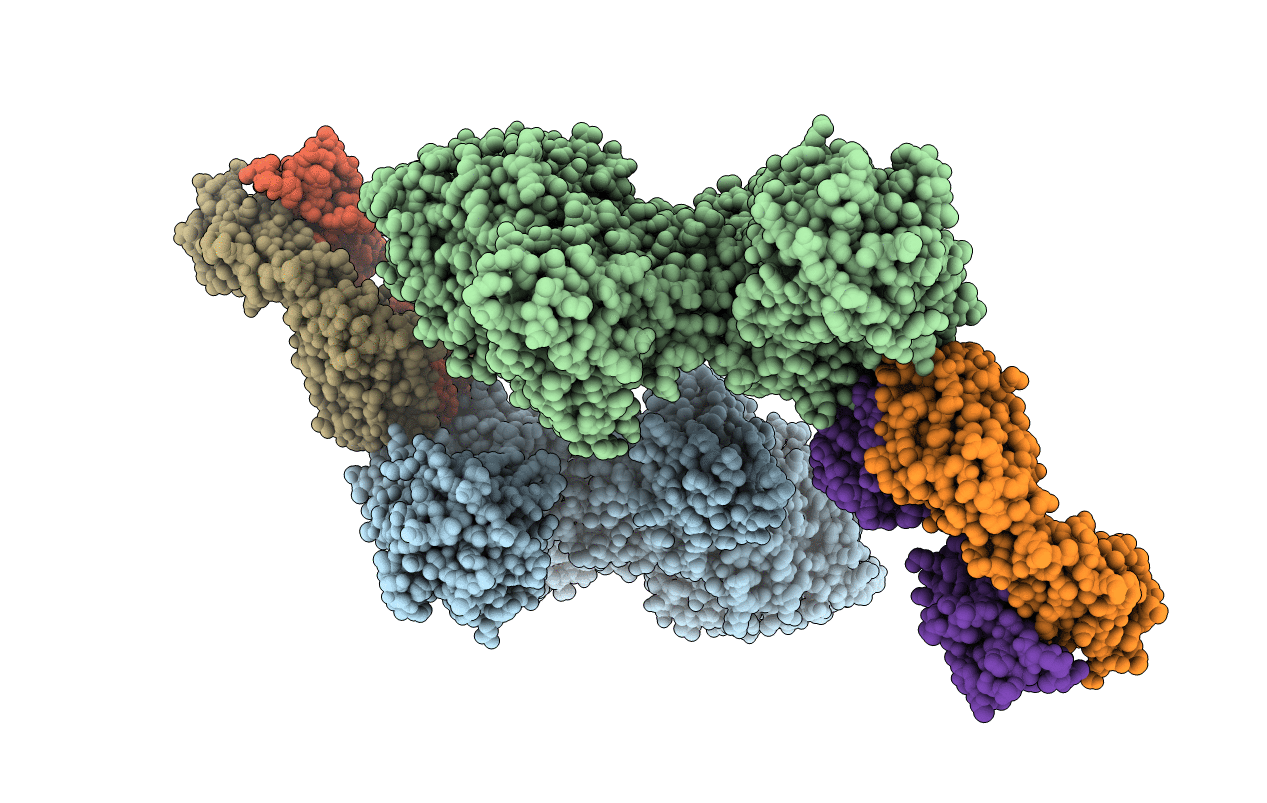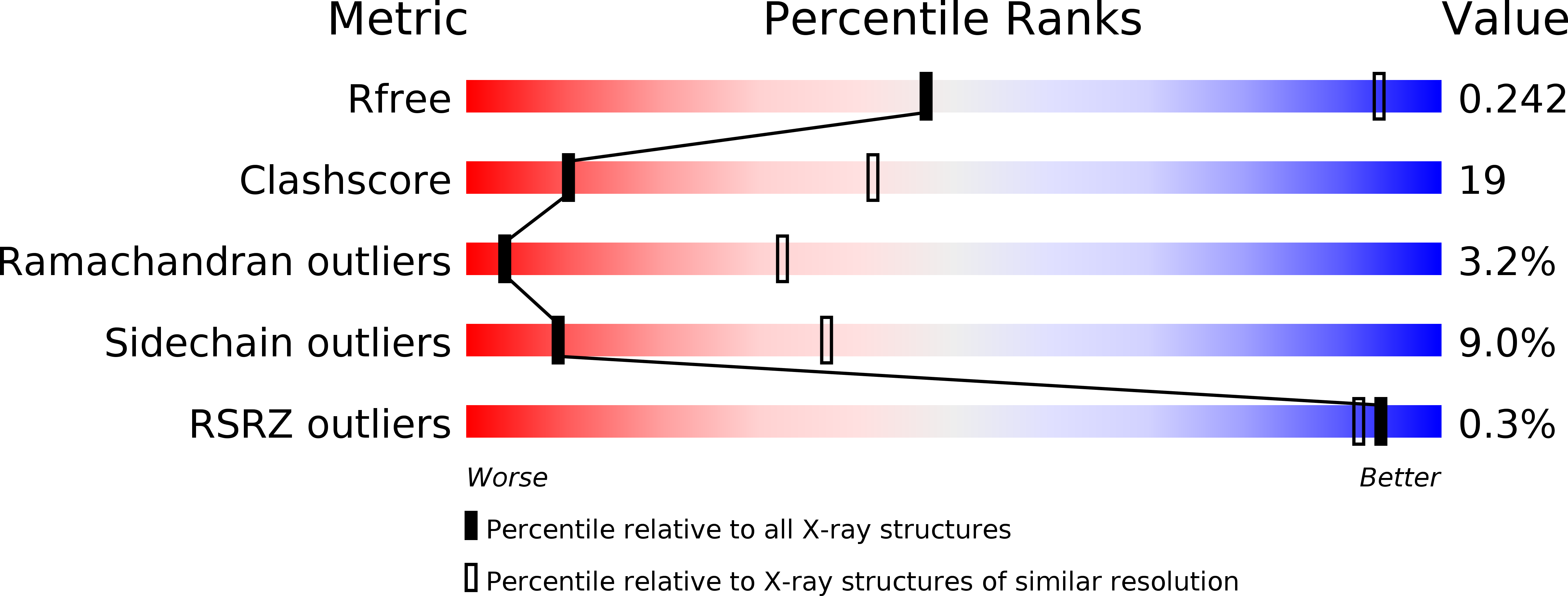
Deposition Date
2006-11-22
Release Date
2006-12-26
Last Version Date
2024-11-13
Entry Detail
PDB ID:
2NZ9
Keywords:
Title:
Crystal structure of botulinum neurotoxin type A complexed with monoclonal antibody AR2
Biological Source:
Source Organism:
Homo sapiens (Taxon ID: 9606)
Clostridium botulinum (Taxon ID: 1491)
Clostridium botulinum (Taxon ID: 1491)
Host Organism:
Method Details:
Experimental Method:
Resolution:
3.79 Å
R-Value Free:
0.27
R-Value Work:
0.22
R-Value Observed:
0.22
Space Group:
P 1 21 1


